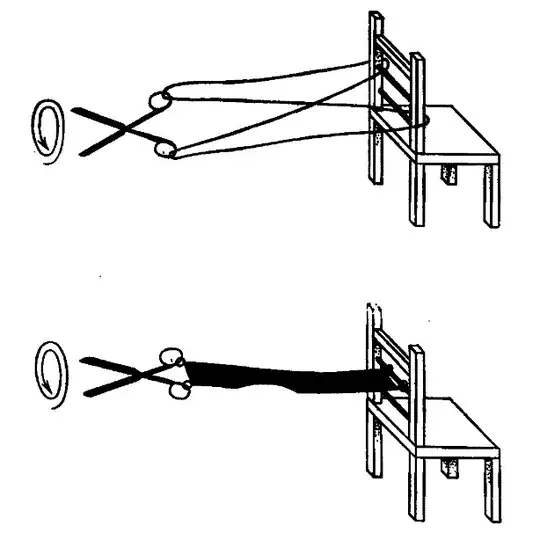How should one imagine a particle without dimensions - like an electron - to spin?
You don't. If you want to imagine, then you think classically and it is just a particle spinning... Thinking like that doesn't give you any other insight of what spin really is (an intrinsic angular momentum, behaving like an [orbital] angular momentum).
How should one imagine a particle with spin 1/2 to make a 360° turn without returning to it's original position (the wave function transforms as: Ψ→−Ψ)
Just imagine it ... no big deal. Again, classically this is not possible, but quantum mechanically it is.
When spin is not a classical property of elementary particles, is it a purely relativistic property, a purely quantum-mechanical property or a mixture of both?
The spin of elementary particle is a pure quantum mechanical effect. Edit: See @j.c. comment. Relativity also plays a role.
Any other interpretation/calculation requires things like commutator, symmetry properties and group theory.
The parallel between "real spinning" and "spin" (which is just a name) comes from the fact that the spin operator needed to account for properties of elementary particles behaves (= has the same definition, based on commutators) like orbital angular momentum operator. This again comes from symmetry properties of ... nature.
The goal of quantum physics is to provide a way to calculate properties. If you want to calculate or go deeper in the problem, then you don't need this classical interpretation.
